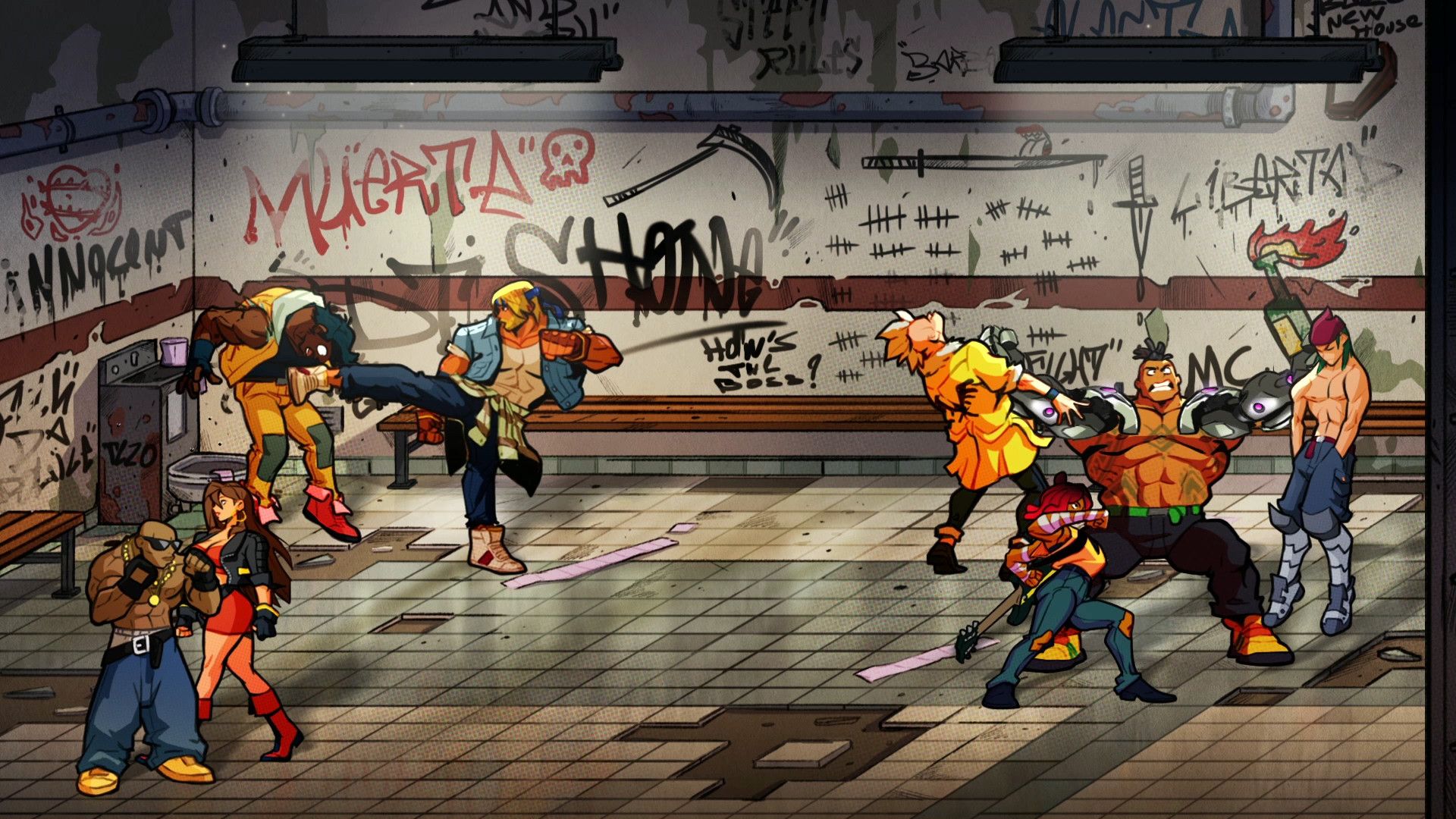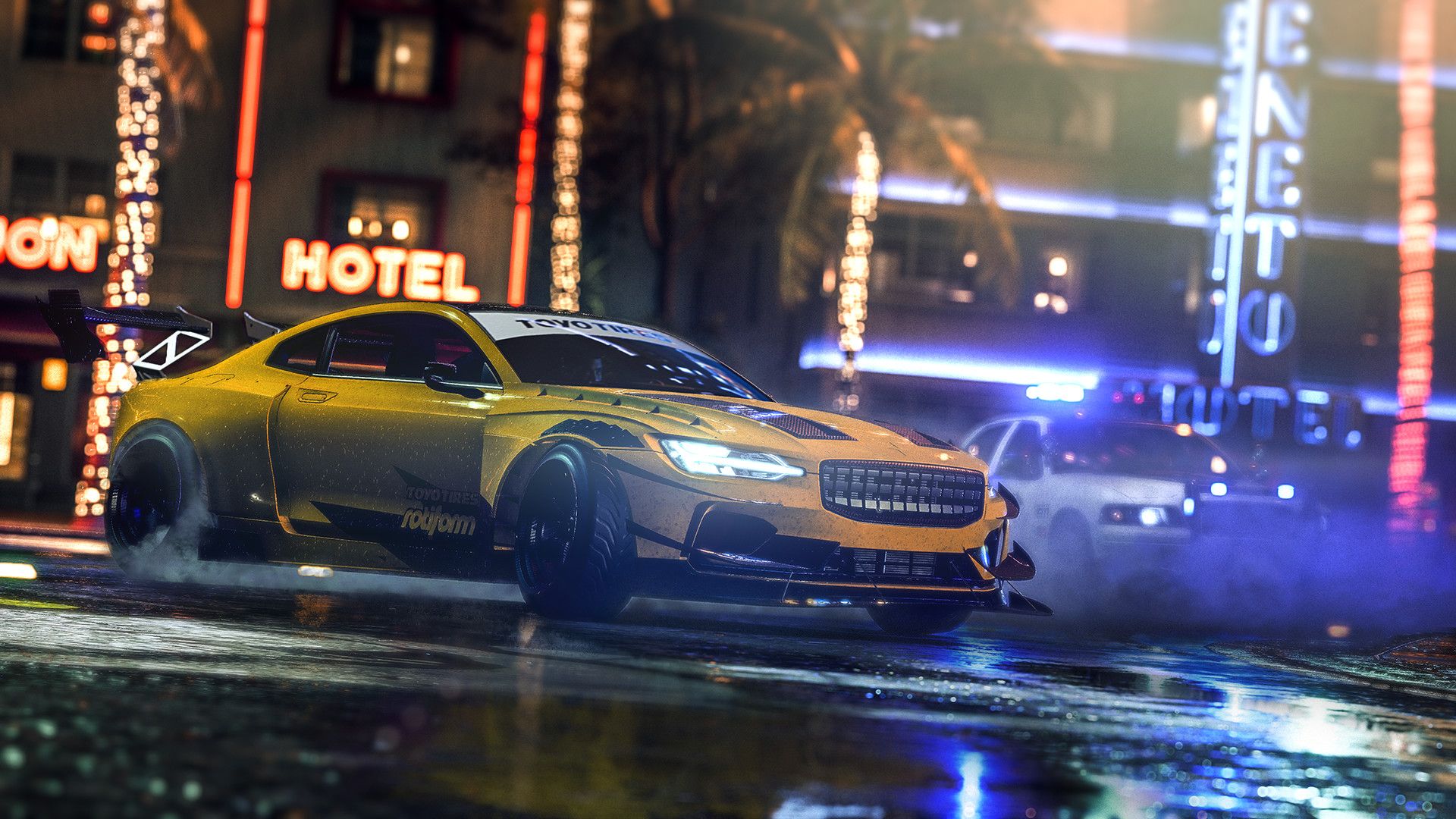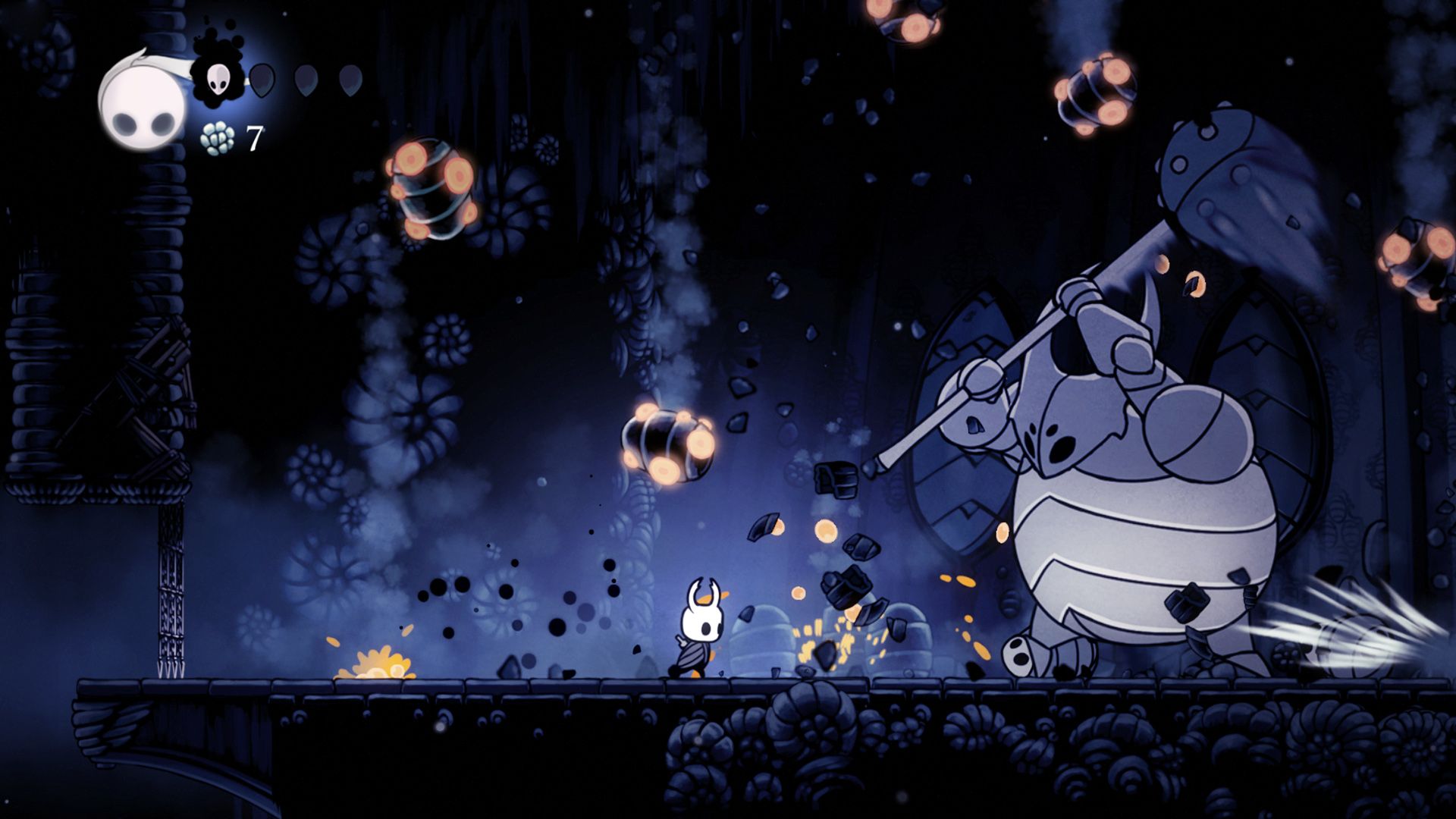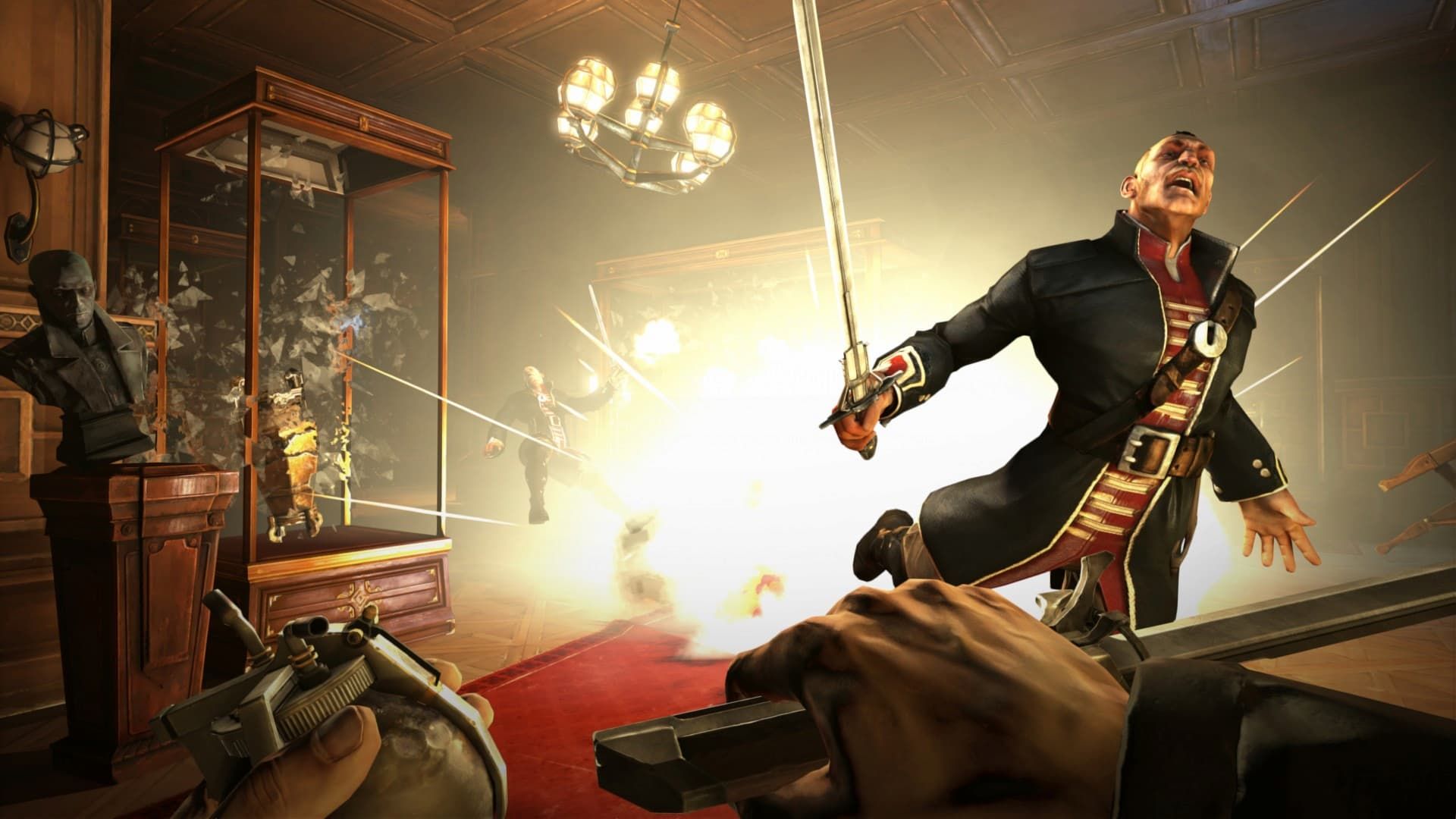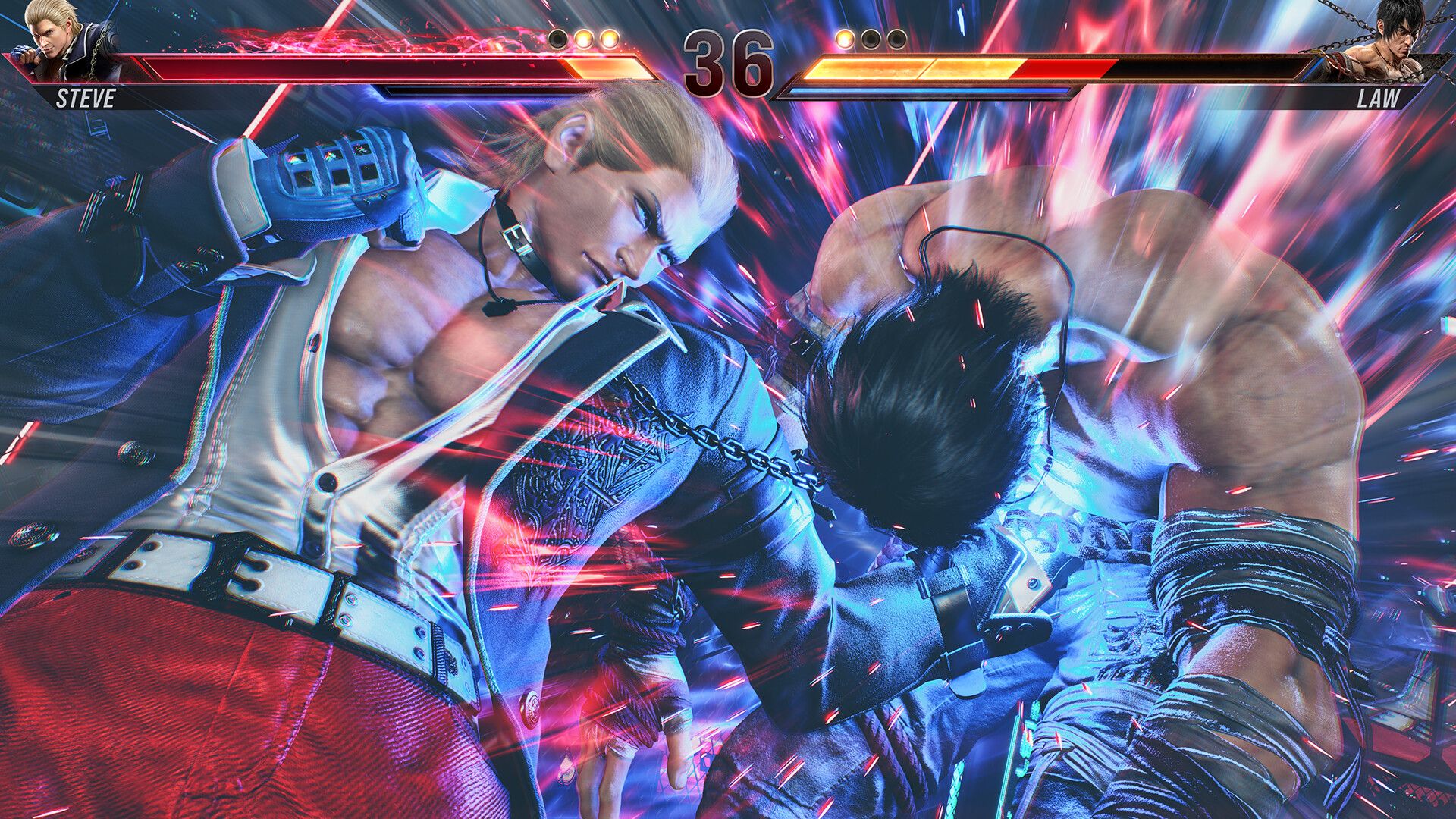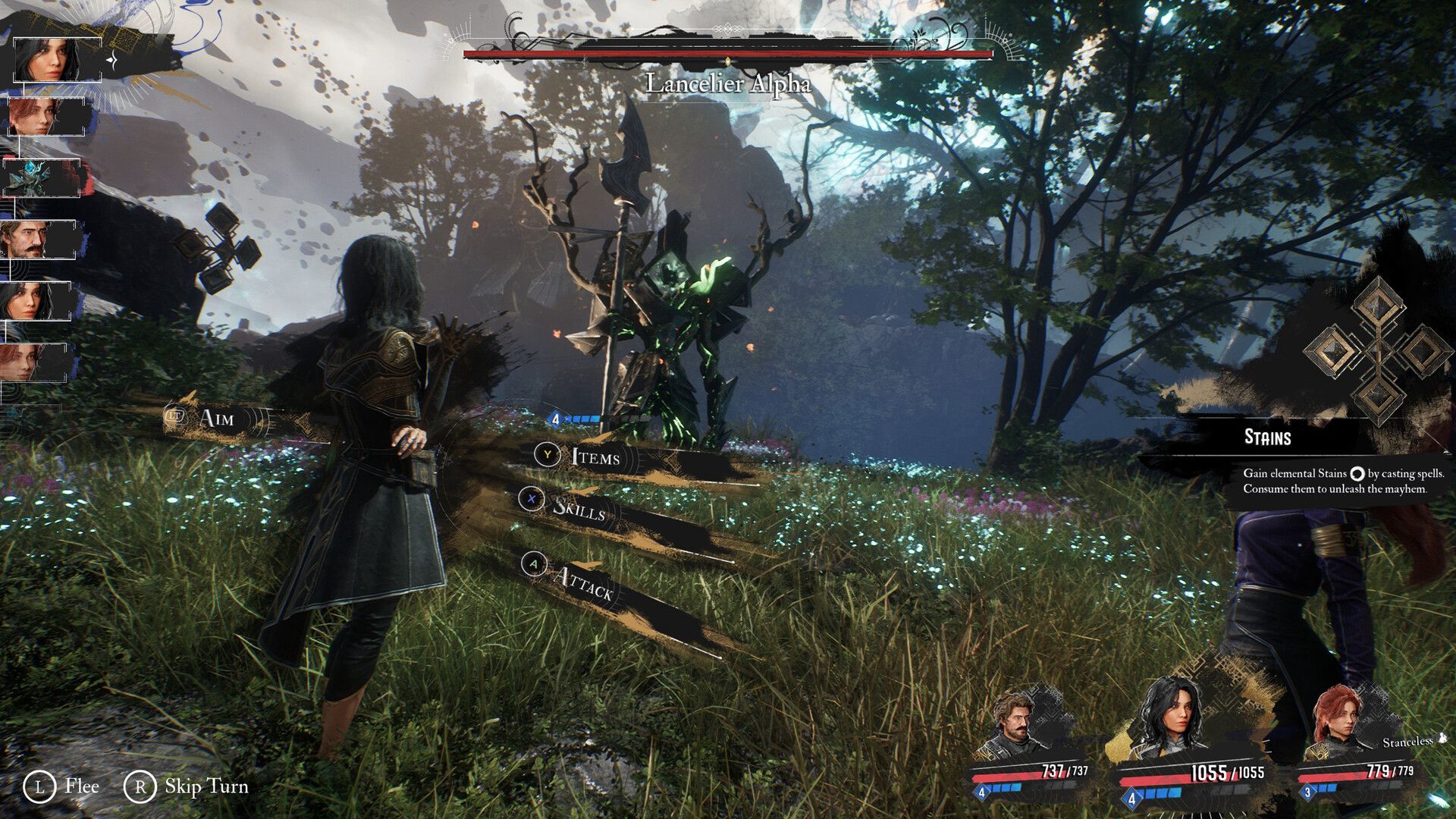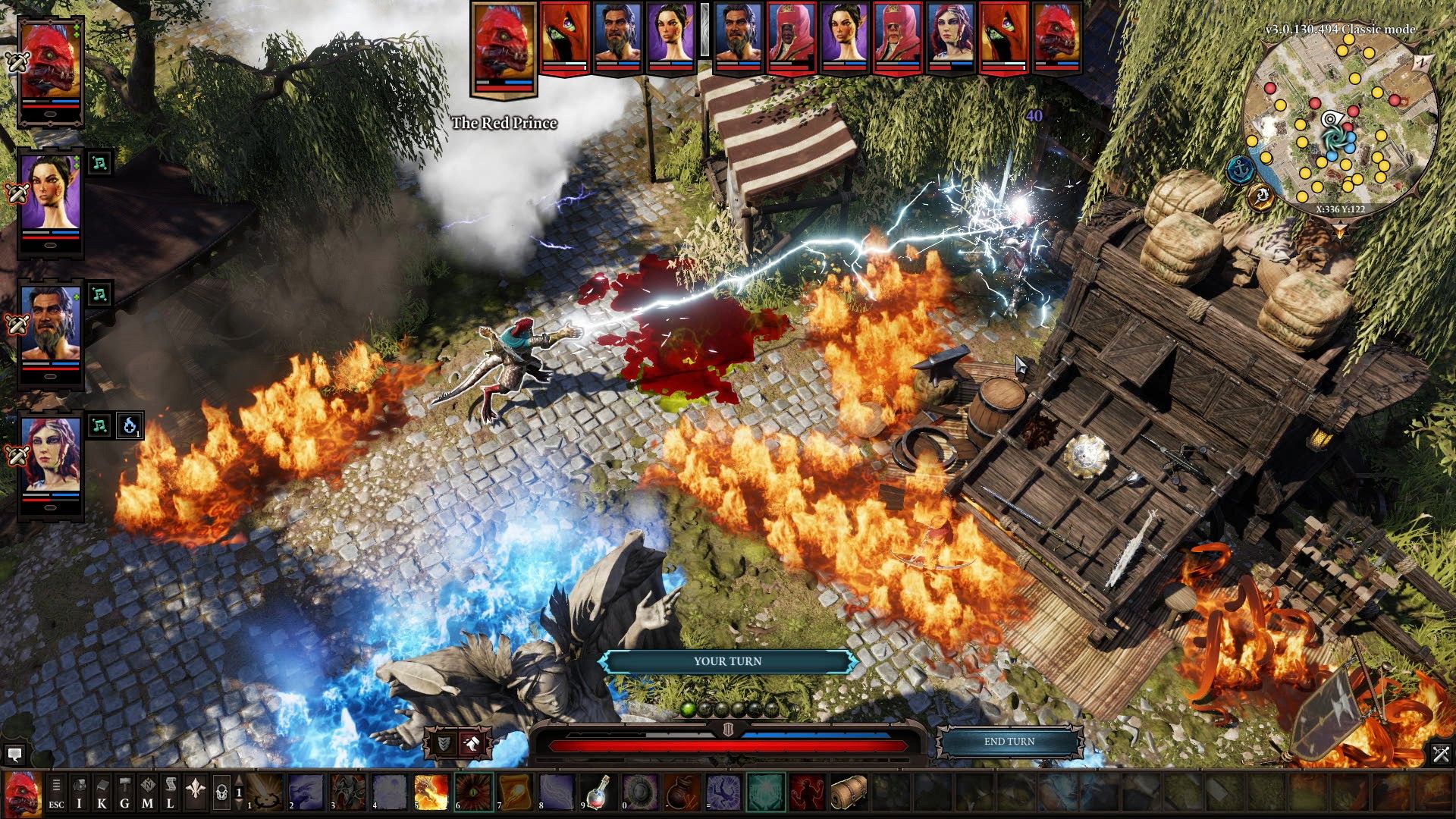Video games have improved in countless ways over the decades, but I still miss many of the retro genres and franchises that have seemingly died off. Thankfully, plenty of newer releases have been keeping the spirit of retro gaming alive and thriving, and some are responsible for the recent revivals of gaming’s long-lost genres.
From arcade quarter-munchers to nineties megahits, these beloved gaming genres have made a triumphant return in recent years.

1
Beat ’em Ups
Depending on who you ask, beat ’em ups were the best reason to visit an arcade. They were fast-paced, action-packed, visually stunning, and simple enough for anyone to jump in and start playing. At a time when most games were defined by their tough-as-nails challenges, beat ’em ups stood out as one of gaming’s most cathartic categories—that is until you reached the turbo tunnel in Battletoads and suddenly found yourself in a one-sided screaming match with the screen. Apart from those rare occasions, teaming up with friends to bash foes over the head was always a fun time.
Unfortunately, the early 90s was a rough time for many retro gaming genres, beat ’em ups included. Around this time, the side-scrolling brawlers of the 80s were on their way out and being replaced by a new era of full-3D beat ’em ups. That may not sound too bad, but most early-3D beat ’em ups were hilariously awful with clunky controls, unreliable cameras, and ugly visuals that made them a far cry from the perfection of the earlier arcade classics. By the time 3D beat ’em ups had finally been fine-tuned with games like God Hand and the Yakuza series, the popularity of multiplayer shooters had already driven most players to abandon fisticuffs for firearms.
While 3D brawlers never fully went away, side-scrolling beat ’em ups remained a rarity after the end of the arcade era. There were a few attempts at reviving the genre through games like Castle Crashers, Dragons’s Crown, and Double Dragon Neon, but none of them were successful revivals despite being critical and commercial successes in their own right. It wasn’t until the 2020 release of the long-awaited Streets of Rage 4 that the genre made an explosive comeback, bringing with it a surge of arcade-inspired beat ’em ups like Battletoads (2020), River City Girls 2, Double Dragon: Rise of the Dragons, and Teenage Mutant Ninja Turtles: Shredder’s Revenge. New beat ’em ups are still being regularly released, and recent ports and compilations are making it easier than ever to revisit the classics.
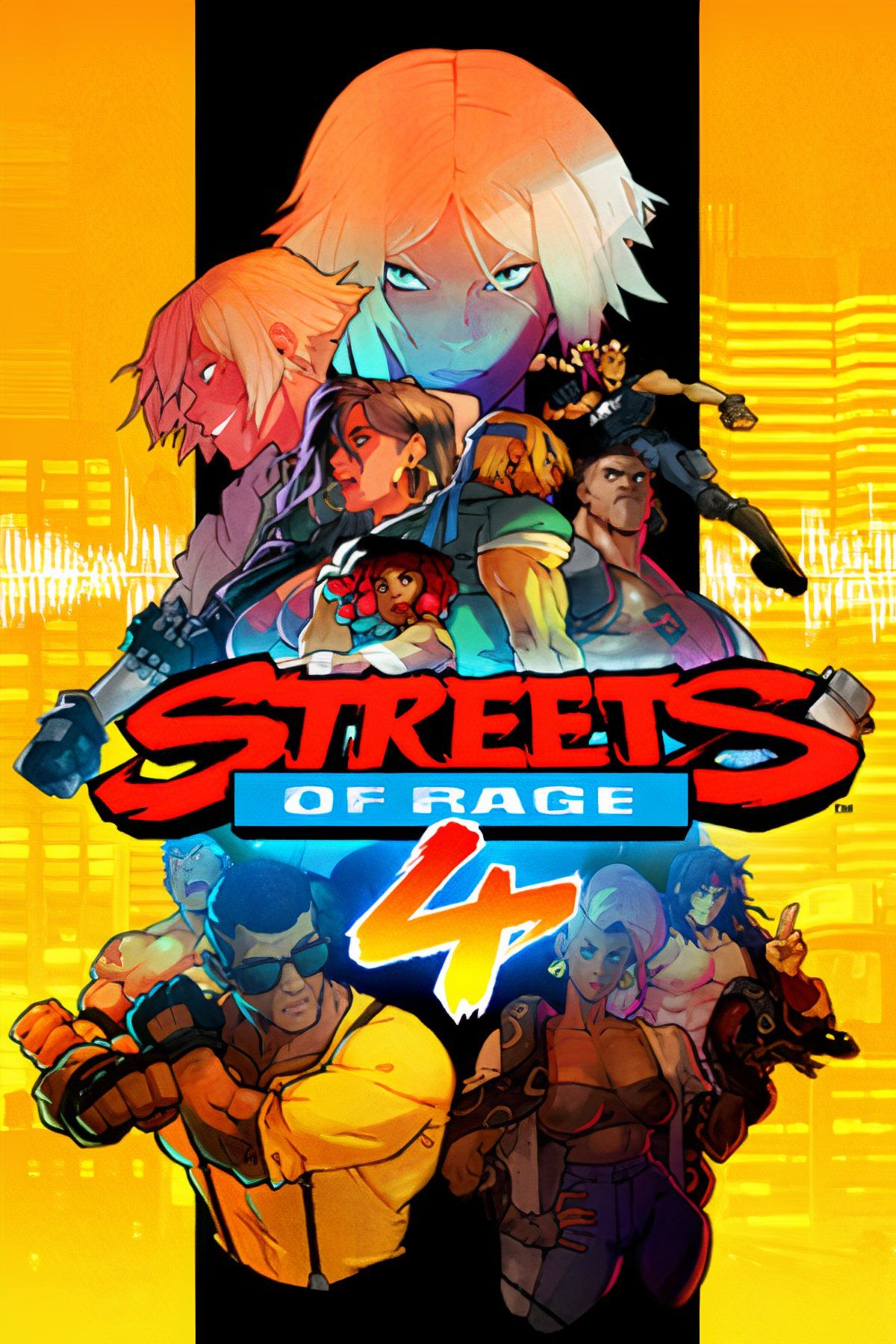
Streets of Rage 4
- Released
-
April 30, 2020
- ESRB
-
T For Teen due to Cartoon Violence, Mild Language, Mild Suggestive Themes
- Developer(s)
-
Dotemu, Guard Crush Games, Lizardcube
- Publisher(s)
-
Dotemu
2
Arcade Racing Games
Racing games as a whole will probably never die out, but I wish I could say the same about arcade racers. This sub-genre of racing games has always pushed players to drive fast, drift hard, and push their vehicles beyond their real-world limits. Arcade racers place exhilarating speeds and easy controls over raw realism, allowing anyone to hop behind the steering wheel and start burning rubber. Although arcade racers have changed dramatically since their inception— beginning with time-trial games like Hang-On and Outrun before switching gears to the competitive street races of Need for Speed and Midnight Club—the genre always seemed to be ahead of its competition. However, that changed with the jump to the seventh console generation.
On the Xbox 360 and PS3, series like Ridge Racer, Midnight Club, and Burnout suddenly started slowing down, putting out a few more games before seemingly vanishing for good. After a few years of nonstop arcade racing releases, fans were starting to experience a burnout towards arcade racers. Meanwhile, simcade racers had quietly developed a large following over the years, and the seventh generation saw them reach their peak with games like Forza Motorsport 4 and Gran Turismo 5. Despite being a lot more complex than most arcade racing games, simcades won players over with their stunning graphics, active online communities, and licensed car collections numbering in the hundreds.
Apart from Need for Speed, most arcade racing series slowly died off during the seventh console generation. There were some early attempts to revitalize arcade racers with games like Split/Second and MotorStorm, but the genre’s revival ultimately came from one of its biggest competitors: Forza. With the Forza Horizon series, arcade racers re-emerged with the best of both worlds. Games like The Crew 2 and Need for Speed: Heat blend the open-road street racing of their predecessors with the massive car collections and extensive customization of simcade racers. Those weren’t the only games to make a comeback, as the genre’s resurgence also includes games inspired by different eras of arcade racing history, such as Wreckfest, Horizon Chase Turbo, and Redout.
3
Metroidvanias
Today, it may seem like a new Metroidvania game is coming out every day, but there was a time when everyone assumed the genre was gone for good. As its name implies, the Metroidvania genre arose from the open-ended, side-scrolling adventures of Metroid and Castlevania: Symphony of the Night, with the former establishing the genre’s non-linear stages and the latter introducing RPG elements into the mix. But unlike many other genres that experienced similar revivals, Metroidvanias weren’t massively popular during their original run. Apart from a few notable games like Cave Story and Shadow Complex, Metroidvanias were almost never seen outside their original namesakes.
When Castlevania abandoned its Metroidvania formula for more traditional third-person action games and the Metroid series went radio silent for years after the mixed reception to Metroid: Other M, the Metroidvania genre had basically died without anyone noticing. Despite their sudden disappearance, they left a lasting impression on fans. Thanks to the rise of indie games through digital storefronts like Steam and Xbox Live Arcade, longtime Metroidvania fans brought the genre back on their own with games like Guacamelee!, Ori and the Blind Forest, and Axiom Verge. While some fans are getting tired of the endless flood of new Metroidvanias, the genre is still putting out amazing games like Nine Sols, Animal Well, and soon (hopefully) Hollow Knight: Silksong.
4
Immersive Sims
Depending on how you define immersive sims, you might have a very different impression of the genre’s history. The simplest definition I can offer is that an immersive sim is a game that allows you to dynamically interact with a systems-heavy sandbox to complete objectives in an open-ended fashion. Of course, there’s a lot more to the genre than one sentence can describe, but most games follow that core premise. Some immersive sims are RPGs, some are stealth-action games, and most are a combination of the two genres. While the earliest games to be recognized for featuring immersive sim elements were Ultima VI and Ultima Underworld: The Stygian Abyss, the genre as we know it got its start with games like Thief, System Shock, and Deus Ex.
After hosting some of the best games of the late 90s, the immersive sim genre gradually died out in the early aughts with the rise of consoles. On PC, the genre’s non-linear exploration and emphasis on creative puzzle-solving had fallen out of style in favor of linear shooters like Half-Life and Medal of Honor. The waning popularity of immersive sims only worsened as shooters rapidly improved with games like Halo: Combat Evolved and Call of Duty 2, while immersive sims struggled to retain their prestigious reputation after the polarized reception towards Thief 3: Deadly Shadows and Deus Ex: Invisible War.
In later years, games like Bioshock and The Elder Scrolls series took some inspiration from the interactivity of immersive sims, but there weren’t many games committed to continuing the genre until 2011’s Deus Ex: Human Revolution. While it was notably more action-oriented than its predecessors, Human Revolution still embodied the freedom of choice and open-ended playstyle that fans had been missing since the death of immersive sims. The following year, Arkane Studios followed up with Dishonored—a gritty spiritual successor to the Thief series—which received even greater praise and further established that immersive sims were making a comeback.
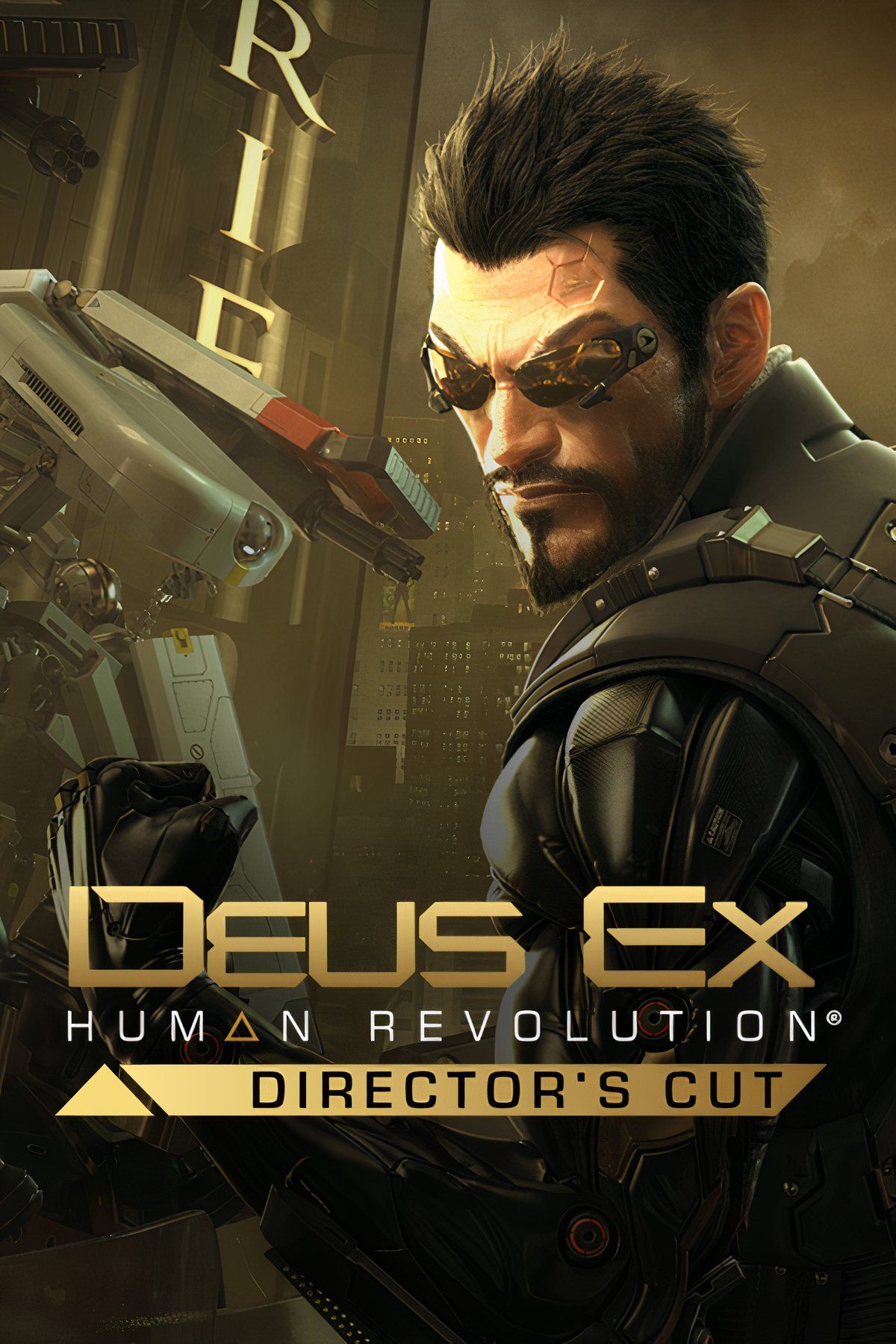
Deus Ex: Human Revolution
- Released
-
August 23, 2011
- ESRB
-
M for Mature: Blood, Drug Reference, Intense Violence, Sexual Themes, Strong Language, Use of Alcohol
- Developer(s)
-
Eidos Montreal
- Publisher(s)
-
Square Enix
- Engine
-
Crystal Engine
Since then, Arkane Studios has continued fueling the immersive sim renaissance with Dishonored 2, Prey (2017), and Deathloop. Although there haven’t been many other AAA studios contributing to the genre, Arkane’s efforts have inspired AA studios and indie developers to release other amazing immersive sims, such as Weird West, Cruelty Squad, Shadows of Doubt, and Gloomwood.
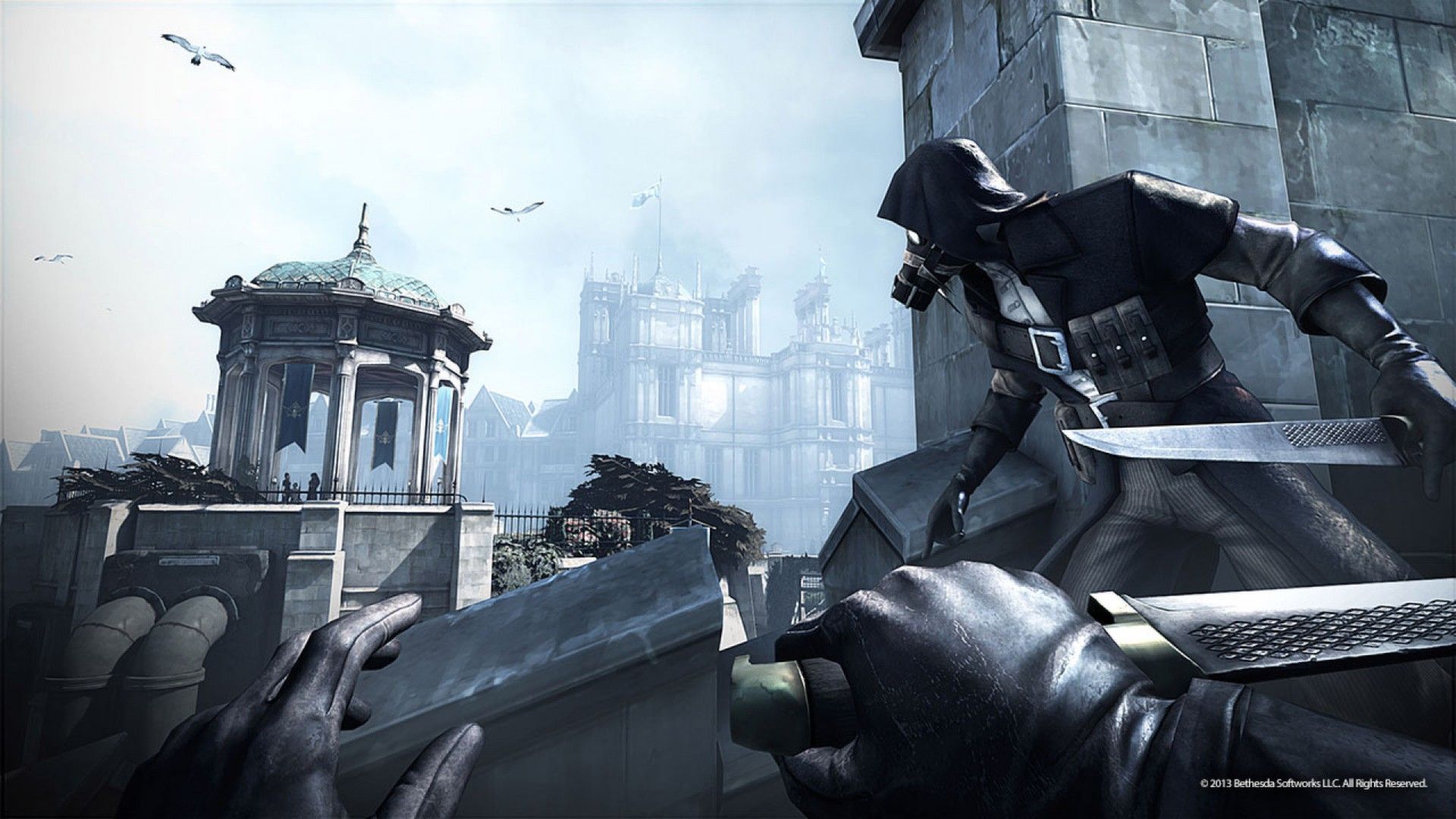
Related
What Are Immersive Sims? Just the Best Video Game Genre Ever!
Enter the Matrix. It’s fun!
5
Fighting Games
From its inception, the fighting game genre has had to fight to stay alive in arcades, on home consoles, and in online spaces. Even at its lowest point, most people hadn’t forgotten about fighting games, but were waiting to see if the genre could ever make a return. Considering the topic of this list, I think you already know how this story ends.
Fighting games technically date back to the mid-80s with games like Karateka and Karate Champ, but the genre as we know it began in 1991 with Street Fighter II and Fatal Fury: King of Fighters. Both games shaped the modern 2D fighting game formula and set the genre on a path towards becoming a staple of arcades around the world. Later on, 3D fighting games like Virtua Fighter and Tekken would carry the genre through the rest of its arcade era and onto home consoles, though 2D fighters were still quietly thriving thanks to a dedicated fanbase.
However, the genre’s dependence on competitive multiplayer would eventually be its downfall. Longtime players were only getting better at fighting games, making the genre seem increasingly inaccessible to newcomers. Adding to this problem was the rise of online multiplayer, which saw many fighting game franchises struggle to adapt due to the infamously unreliable nature of delay-based netcode, which had been the genre standard for many years. While some games like Street Fighter IV, Marvel vs Capcom 3, and Super Smash Bros. Brawl (flawed as it may be) helped fighting games maintain some presence during this period, the genre as a whole was rapidly sinking into obscurity.
It wasn’t until the eighth console generation that fighting games climbed back up to success with a combo string of stellar titles. Mortal Kombat X, Tekken 7, Dragon Ball FighterZ, and Super Smash Bros. Ultimate all sold amazingly well for fighting games, and gave many other franchises a chance to launch back onto the map. Around this time, some fighting games had also started switching over to rollback netcode, fixing the online connectivity issues that had plagued the genre for years. Fighting games are now stronger than ever, and they’re still riding that high with current titles like Street Fighter 6, Tekken 8, and Guilty Gear Strive.
6
Turn-Based Role-Playing Games
Turn-based combat has been synonymous with the RPG genre since its inception, serving as the groundwork for groundbreaking series like Ultima, Wizardry, Dragon Quest, and Final Fantasy. While turn-based RPGs have taken on many forms, the core concept of leading a party and strategically deciding each move has hardly changed. But opinions towards the genre haven’t always been so positive.
Turn-based games dominated the RPG genre throughout most of the 80s and early 90s, but they saw a notable shift with the birth of action role-playing games. Unlike their turn-based counterparts, ARPGs prominently feature real-time combat, turning every fight into a quick skirmish on the overworld instead of a long-winded interruption to exploration. While ARPGs were originally popularized by series like Hydlide and Ys, they rapidly evolved through later games like Secret of Mana, Diablo, and Star Ocean. By the time the PS2-era rolled around, ARPGs had grown to match the thrilling speed and complexity of proper action games, and many players favored them over turn-based games.
Over time, many RPG fans started to see turn-based games as a relic of the retro era, believing it to be an outdated concession that had been made obsolete by ARPGs. After all, ARPGs were faster, flashier, and more fun than the menu-based battles of turn-based combat—at least, that was the growing sentiment. Many players turned against turn-based gameplay, prompting most RPG franchises to abandon the genre. Starting in the late PS2-era and growing more common on the PS3, real-time action became the standard for most console-based RPGs. Turn-based games still existed on handhelds and through niche releases like Lost Odyssey and the Atelier series, but these were overlooked by the majority of gamers.
It wasn’t until the back-to-back successes of Darkest Dungeon, Dragon Quest XI, and Persona 5 that more players finally reconsidered their stance on turn-based games. Admittedly, part of this was because each of these games avoided the genre’s most common missteps. Darkest Dungeon‘s unforgiving roguelike challenge encouraged strategy over grinding, Dragon Quest XI offered loads of player choice in its combat and party-building, and Persona 5 blended its stylish aesthetic with a snappy reinvention of traditional turn-based battles. These games also acted as many players’ gateway into the genre, bringing in audiences that had never even considered playing turn-based RPGs. Since then, the genre has kept up its momentum with other fantastic titles like Baldur’s Gate 3, Metaphor: ReFantazio, and Clair Obscur: Expedition 33.
7
Computer Role-Playing Games
Although turn-based combat was a defining part of early RPGs, the genre’s foundation was built on its tabletop influences. Almost all early RPG games were at least partially inspired by Dungeons & Dragons and other tabletop role-playing games, and nowhere is that more apparent than in computer role-playing games (CRPGs). Contrary to what the name may imply, CRPGs don’t refer to every single RPG that’s playable on computers. Instead, CRPGs are specifically modeled after traditional tabletop experiences, often featuring character sheets, dice rolls, and most of the other staples of the tabletop experience. Some CRPGs are directly based on specific tabletop games, using the same mechanics and rulesets as their source material.
Much like immersive sims, “computer role-playing game” is a terrible name for the genre, but we’re stuck with it since no one could agree on anything better. Also like immersive sims, CRPGs hit the peak of their popularity during the 90s, with games like Baldur’s Gate, Planescape Torment, and Fallout leading the genre’s numerous hits. But as you might have started to notice by now, console dominance was a persistent genre killer in the early 2000s, and CRPGs quietly died out as more streamlined RPGs took their place.
Unlike most other gaming genres, which can usually attribute their resurgence to a few notable titles, CRPGs slowly crawled back into relevancy over the course of many years. While Dragon Age: Origins was one of the earliest high-profile CRPGs to be released during the Xbox 360/PS3 era, the genre’s revival was formally kickstarted between 2013-2014, which saw the releases of Shadowrun Returns, Wasteland 2, and Divinity: Original Sin. The CRPG revival continued a consistent stream of new releases, eventually leading to the critically acclaimed Disco Elysium and Baldur’s Gate 3.
8
Farming Sims
If you’ve been paying attention to farming simulators at any point for the last 8 years, you already know this story ends with Stardew Valley swooping in and saving the day. If not… sorry for spoiling the ending. Even so, many players who weren’t invested in farming sims beforehand underestimate just how much Stardew Valley revitalized the genre.
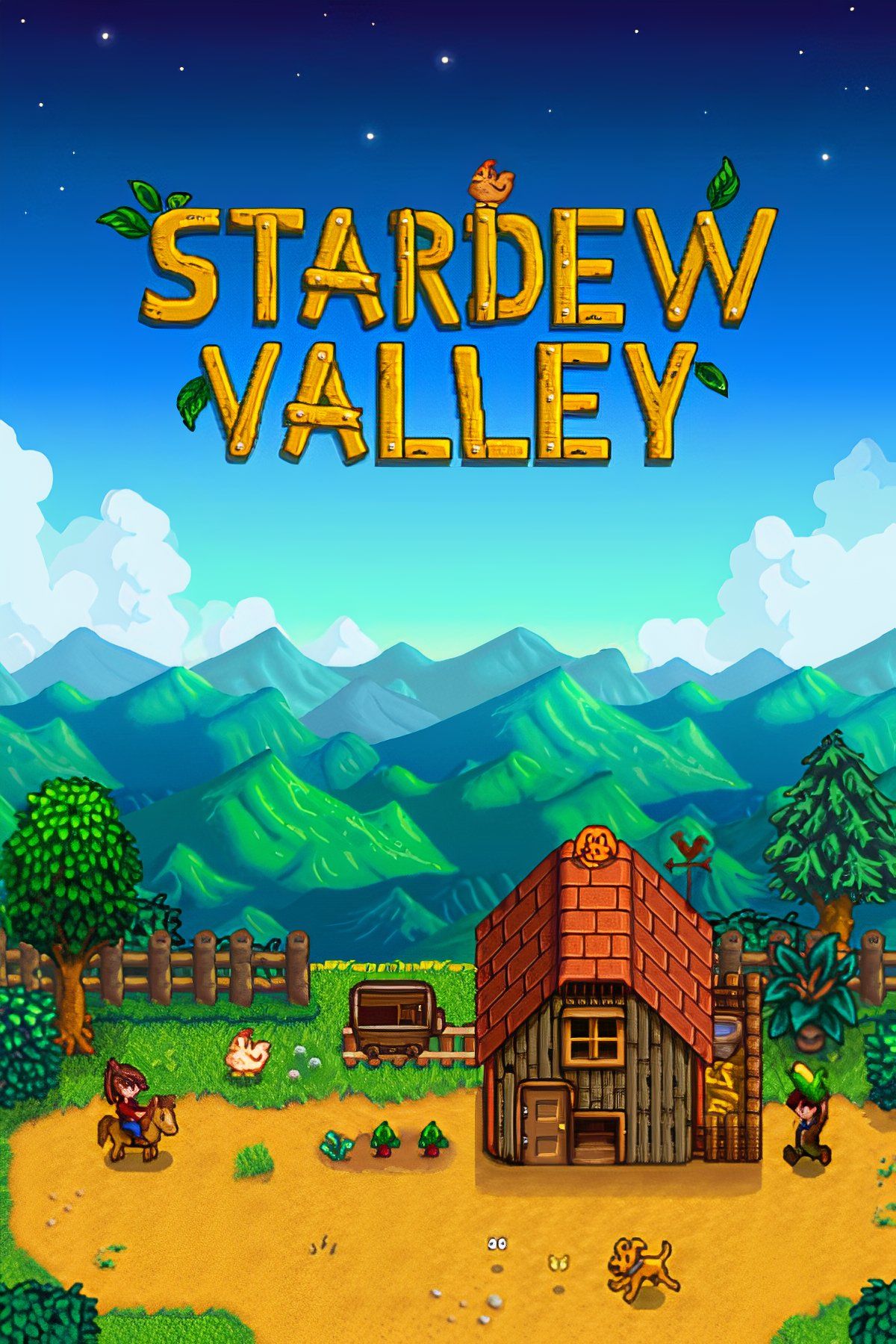
Stardew Valley
- Released
-
February 26, 2016
- ESRB
-
E for Everyone (Fantasy Violence, Mild Blood, Mild Language, Simulated Gambling, Use of Alcohol and Tobacco)
- Developer(s)
-
ConcernedApe
- Publisher(s)
-
ConcernedApe
The genre’s origins date back all the way to 1996, with the original release of Bokujō Monogatari—published as Harvest Moon in the west—for the SNES/Super Famicom. Like every other game in the series, the original Harvest Moon revolves around growing crops and raising livestock, as well as getting to know the neighboring townsfolk by improving your relationships with them and attending seasonal festivals. Later Harvest Moon games followed this exact formula for many years, with very little deviation from the original’s design. Apart from featuring different characters, stories, and the occasional addition of new features such as marriage and mining, almost every Harvest Moon game is practically the same.
Much like Metroidvanias, farming sims hardly existed outside a few series. The Harvest Moon series (later renamed to Story of Seasons for some convoluted legal reasons) basically went unchallenged for years, and the series quickly began to stagnate. Fan feedback was frequently ignored in favor of repeating the same tired farm-life formula without presenting any meaningful changes. Without anything to bring new fans into the series, Harvest Moon/Story of Seasons gradually became more obscure over time.
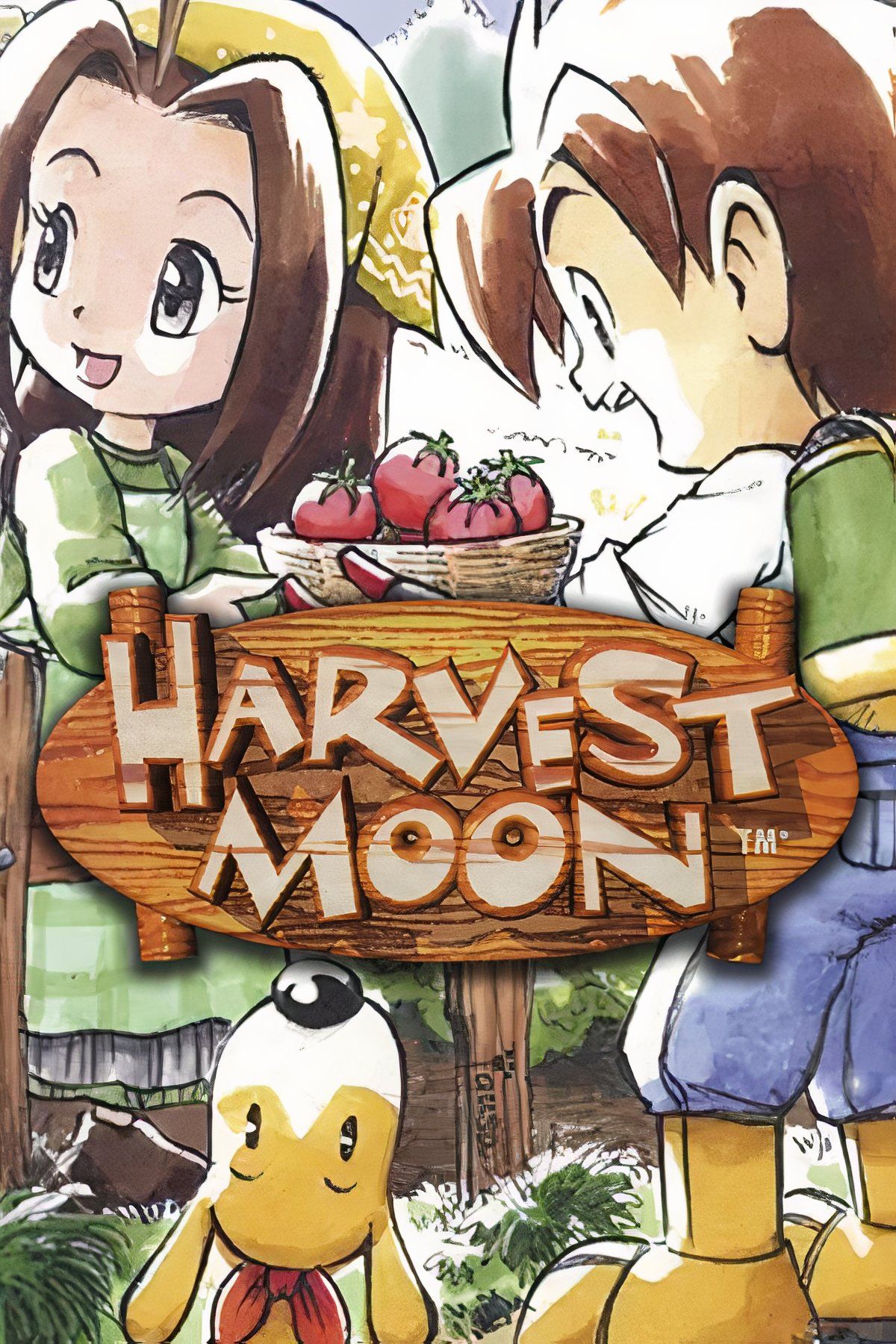
Harvest Moon
- Released
-
June 17, 1997
- ESRB
-
e
- Developer(s)
-
Marvelous
- Publisher(s)
-
Natsume
- Engine
-
unreal engine 4
Farming-sim fans were ready for a change, and Stardew Valley delivered that (and more) when it launched in 2017. Long-awaited gameplay additions, consistent post-launch updates, and extensive mod support put Stardew Valley leagues above its predecessors. It’s safe to say that Stardew Valley breathed new life into the genre, resulting in a flood of cozy farming sims and inspiring fans to revisit other long-running series like Rune Factory and Farming Simulator. You could argue that there are too many farming sims today, but there’s no doubt that the genre is finally thriving.
Every gaming genre has its own history of highs and lows, but the low points of some genres can last for decades. Thankfully, it’s never too late for these games to come back through a sudden retro revival or an unexpected hit. No matter how dire the future may look for your favorite genres, you can never count them out for good.
